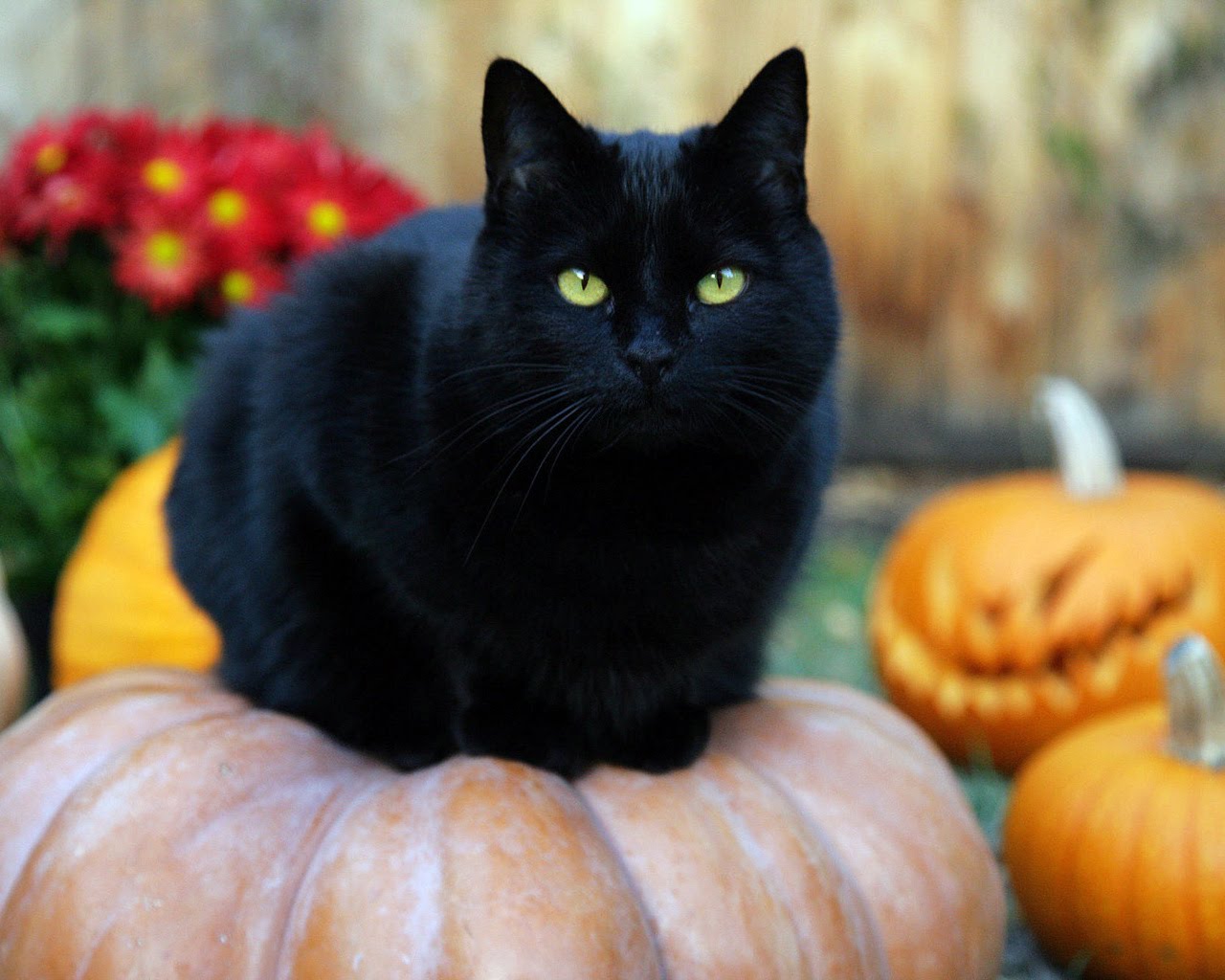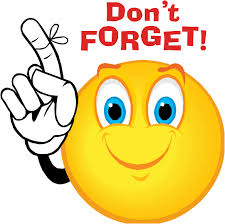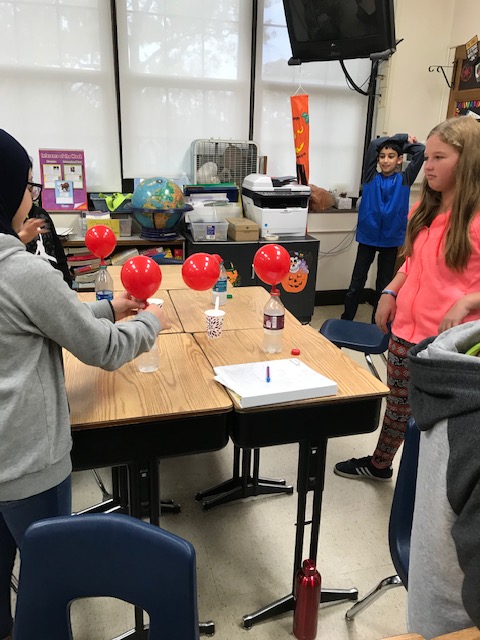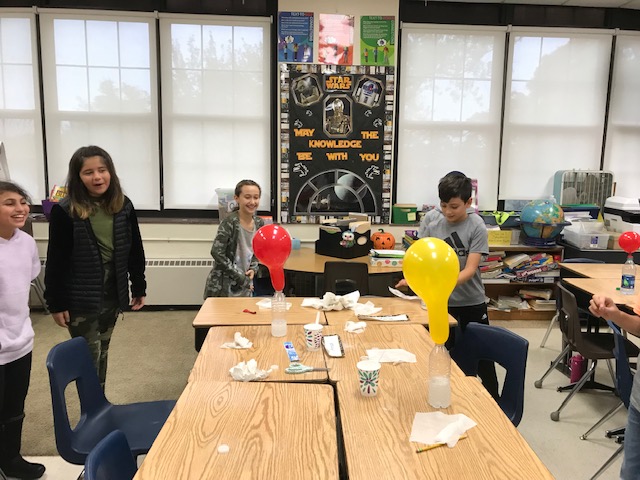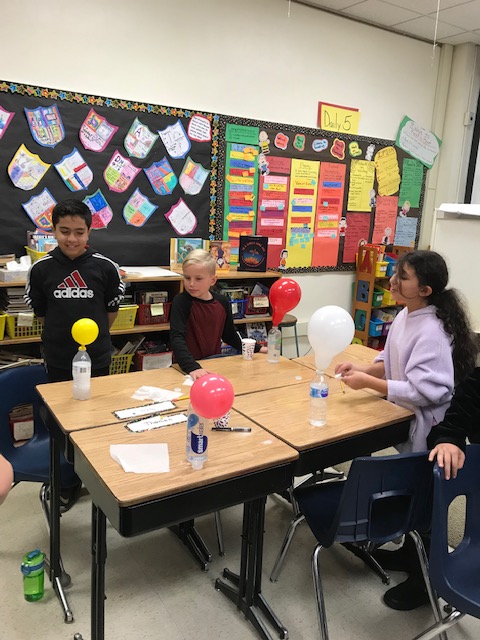Oct. 31- Halloween Celebration- click on the link to sign up.
https://www.signupgenius.com/go/10c0e44a5a623a7f85-halloween1
Nov. 2- Half day- no school for students in the afternoon.
Last day of Marking Period 1
Remember that on any given day your fifth grader should be able to tell you what we did in school. The planner is a good reminder for them to help with this narrative. Sharing what they have learned each day is an excellent way to help students review.
The planner should be signed by a parent or guardian every day.
Homework might not always be a worksheet!!!!!
**Students should be working on multiplication facts every night.
**They should be working on Spelling City 10-15 minutes per night Monday – Thursday.
**Students should be reading 30 minutes each night. Their comprehension can be checked using the question sheet given to parents at conferences.
**Moby Max or Khan Academy- at least 20 minutes should be done each night.
**Students can use Ducksters, History.com, and Ben’s Guide to the Government to review social studies and/or science topics covered in class.
**Students will have assignments which need to be completed on Readworks.
**Content binders should come home every night so students can study and review that day’s lessons.
Math, social studies and science material in the binder should be studied each night to prepare for upcoming tests.
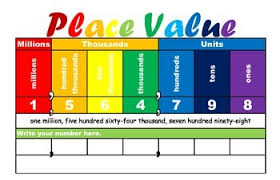
Math
Module Two: Multi-Digit Whole Number and Decimal Fraction Operations
In Module 1, students explored the relationships of adjacent units on the place value chart to generalize whole number algorithms to decimal fraction operations. In Module 2, students apply the patterns of the base ten system to mental strategies and the multiplication and division algorithms.
Topics A through D provide a sequential study of multiplication. To link to prior learning and set the foundation for understanding the standard multiplication algorithm, students begin at the concrete–pictorial level in Topic A.
In Topic A, students use place value disks to model multi-digit multiplication of place value units, for example, 42 × 10, 42 × 100, 42 × 1,000, leading to problems such as 42 × 30, 42 × 300, and 42 × 3,000 (5.NBT.1, 5.NBT.2). They then round factors in Lesson 2 and discuss the reasonableness of their products. Throughout Topic A, students evaluate and write simple expressions to record their calculations using the associative property and parentheses to record the relevant order of calculations (5.OA.A.1).
Social Studies-
Test date- Nov. 9.
In this unit students study early American History with a focus on the period prior to 1585. Starting with the art of historical thinking, students review the questions historians ask in examining the past. After they reconsider the tools historians use (primary and secondary sources, artifacts), they explore their textbook as a type of secondary source. In doing so, students examine text structures, text features, and the role of informational text in learning about the past. This unit takes a separate examination of life in America, Africa, and Europe in order to set the stage for the convergence of these three worlds in America. This approach prepares students to understand the exchanges and conflicts that resulted from the convergence of three distinct peoples in America. Accordingly, students begin their study with America, using a geographic lens to identify major American Indian cultural groups and compare how people living in different geographic regions adapted to and modified their environments prior to the arrival of Europeans. Students take an in-depth examination into the life and culture of Eastern Woodland American Indians. Students then shift their focus to the continent of Africa. In learning about how people lived in western Africa before the 16th century, students create a foundation for examining how the meeting of the three worlds affected people from this continent. Next, students turn to Europe as global exploration began. They analyze the goals, motivations, and developments that made sea exploration possible through case studies of various explorers. Students explore the convergence of Europeans, American Indians, and Africans in North America after 1492. In considering the Columbian Exchange, students describe the widespread movement of plants, animals, foods, communicable diseases, ideas, human populations, and goods, and how human societies were affected. Finally, students analyze the consequences of the encounters and exchanges among these three worlds and how people from each continent viewed the convergence.
We are currently working the life of Columbus and the Columbian Exchange.
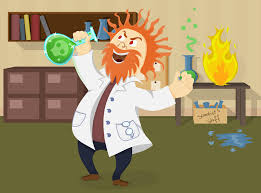
Science-
In this unit on matter, students will be involved in activities that hone the following skills:
Develop a model to describe that matter is made of particles too small to be seen.
Measure and graph quantities to provide evidence that regardless of the type of change that occurs when heating, cooling, or mixing substances, the total weight of matter is conserved.
Make observations and measurements to identify materials based on their properties.
Conduct an investigation to determine whether the mixing of two or more substances results in new substances.
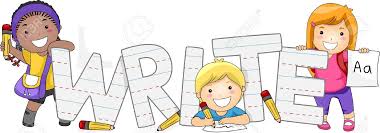
Writing–
The Common Core State Standards require Fifth grade students to write narratives in which they orient their reader by establishing a situation and introducing a narrator or characters with the event sequence unfolding naturally. Additionally, students are expected to use details including dialogue, descriptions of actions, thoughts, and feelings, use temporal words and phrases to signal event order, and provide a sense of closure. The goal of this unit is for students to write personal narrative stories that elaborate the tension or problem and focus upon an important message or heart of the story. Students will immerse themselves in age-appropriate personal narrative mentors to discern how these texts tend to go and to gather possible story ideas from turning points within their life experiences. They will draw on everything they’ve learned from writing small moment stories from Kindergarten- second grade, as well as personal narrative writing in third grade and fourth grades. Additionally, students revisit qualities of good writing and craft to write personal narratives. They will select their best work to revise, edit, and publish.
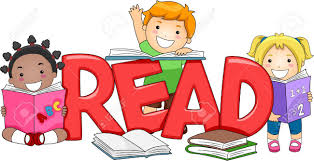
Reading-
We continue the implementation and organization of our Daily 5 routine.
Lessons will emphasize students’ ability to compare and contrast between two different texts, whether in print, graphic, quantitative or mixed media formats.
The focus is on reading to understand, during which students focus on what the text says. The premise is that students cannot delve into the deeper meaning of any text if they cannot first grasp the surface meaning. Beyond merely identifying ideas, students also see how ideas and events connect and evolve over the course of a text.
Students are working on various reading responses for their literacy binders. Students have assignments reading and responding to their group level books.
Students have assignments on Readworks. These assignments can be worked on in school and at home.
Students will work on Vocabulary word ladders 3 – 5 days a week.
Language– We will review the parts of speech. This week we are working on adjectives. We will be answering questions from Common Core Language and Grammar cards for bellwork 3 – 5 days each week.
Spelling – Please see Spelling City for the current spelling list and activities. Click on the Spelling City in the links list on this page. We are on Week 9.
